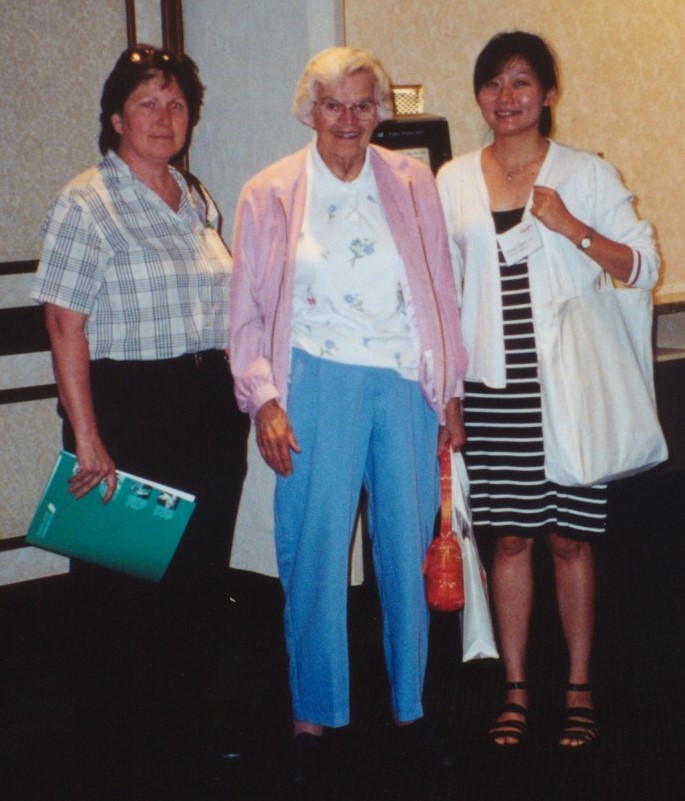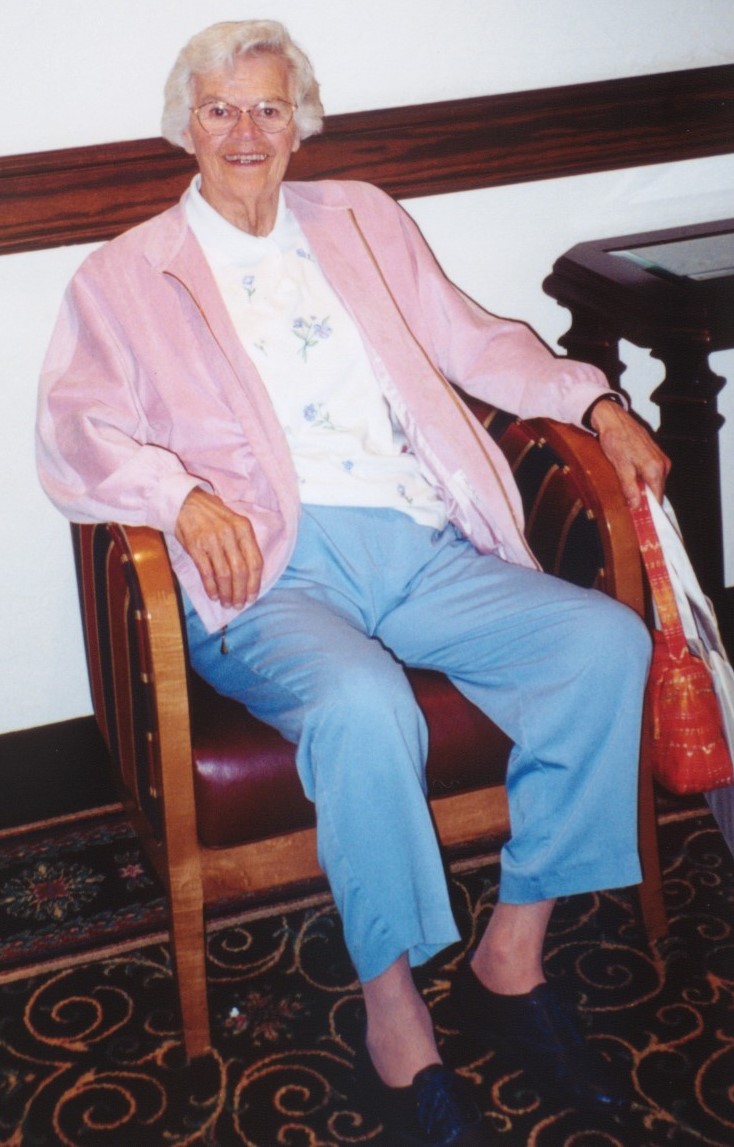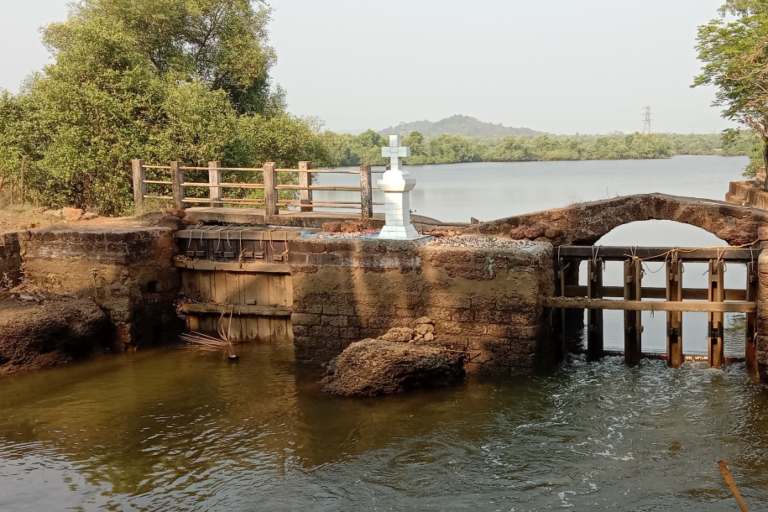By Neena Bhandari
St Louis (Missouri, USA): For the growing number of polio survivors facing new challenges with the onset of post polio syndrome, world renowned polio specialist Dr. Jacquelin Perry says, “Listen to your body. Feel the aches and pains. Don’t Push. Control your destiny”.
Infantile paralysis or polio epidemics struck America from the 1920s to late 1950s afflicting 1.8 million children. The disease killed some and disabled others.
“The effects were like spatter paint. If you had a lot of paint, you had a lot of damage, while others were just touched lightly. Polio is a nerve disease that damages or kills anterior horn cells. The survivors were left with a damaged neuro-muscular system”, explains Dr Perry.
In 1955, Dr Jonas Salk introduced an inactivated (killed) polio vaccine (IPV) and in 1961 Dr Albert Sabin developed the live attenuated (weakened) oral vaccine (OPV), which halted this childhood plague.
Today, polio has been eradicated from the US. Even the vaccine-associated cases have halted since returning to the Salk vaccine, which uses killed virus, for infant immunisation.
However, doctors and medical scientists are facing a new challenge of seeking a cause and cure for the post-polio syndrome (PPS).
As Dr Perry says, “Suddenly since 1978, polio survivors started coming back, too many of them feeling pain and weakness.”
About 60 per cent of the 650,000 polio survivors, who thought they had left their wheelchairs behind, are struck by debilitating legacy of a disease that attacks out of nowhere.

Dr Jacquelin Perry, one of the first 10 women to qualify as an orthopaedic surgeon in the United States, has spent a lifetime devoted to researching, teaching and treating polio survivors.
Born on May 31, 1918 in Denver, Colorado, and growing up in Downtown Los Angeles as the only child of a clothing-shop clerk, young Jacquelin lived a hotel-like existence constantly moving with her parents.
At the tender age of 10, she knew she wanted to be a doctor and began reading every medical book and journal in the Los Angeles library. Along with reading, she participated actively in Girl Scouts and graduated with a degree in Physical Education.
Soon she was employed in the army as a physical therapist. “My experience at the Army Centre for Polio and Arthritis in Hot Springs, Arkansas, provided a valuable background for my later year’s focus on rehabilitation”, says Dr Perry.
Jacquelin went to medical school and specialised in orthopaedic surgery at the University of California, San Francisco. In 1958, she received the American Board of Orthopaedic Surgery certificate. “During my days, there were only five per cent women in medicine and I was one of the fortunate ones”, remarks Dr Perry.
Immediately after her residency in orthopaedic surgery, Dr Perry was invited to join Rancho Los Amigos in the Los Angeles area. “Rancho was the polio respiratory centre for Los Angeles County and the surrounding area. At this juncture polio was at its peak and all patients had acute poliomyelitis and about half had respiratory paralysis”.
At Rancho, the medical staff was exploring surgical ways to provide stability for patients who had paralysis of the neck, spine or both and for whom trunk-bracing was inadequate.
Dr Perry extended the use of spine surgery to such patients and along with Dr Vernon Nickel developed the `halo device’, which allows three-dimensional control for the head and is routinely used today in spinal cord injury rehabilitation.
She explains, “Trunk braces are used for spines and separate braces for the neck. We used halos for both neck and thoracic spines”.
In addition to the development of unique surgeries, she believes that a major contribution of Rancho during the polio epidemics was the team (nurses, therapists, physicians and patients) concept of patient care. She says, “In rehabilitation, you don’t make people normal. You make them better”.
In her opinion as the new breed of US doctors have not seen fresh polio cases, PPS is under-treated by the general medical community. When the opportunity arises for her to speak at worldwide conferences or lectures, Dr. Perry uses the occasion to educate other medical professionals about PPS.
She says, “Doctors must listen to their patients. I attend polio conferences like the one organised by the Post-Polio Health International in St Louis as it provides a perfect platform to learn from people living around the world with the disease”.
“Don’t push the system and control loss of function by avoiding overuse of muscles. Polio survivors who overuse muscles will lose strength and you cannot fight back to regain it”, cautions Dr Perry.
She believes not everyone gets PPS. One can control loss of muscle function by making lifestyle changes, modifying and pacing activities.
Her general activity guideline is that a polio survivor can do anything as long as it causes no pain, for pain is a sign of injury and overuse; so just don’t let it happen. Secondly, no fatigue that lasts longer than 10 minutes.
Internationally renowned as the Grand Dame of Gait Analysis, she has written over 300 articles, book chapters, abstracts and editorials on polio, gait, spine surgery, stroke, rehabilitation, muscle, function and sports medicine. Her book Gait Analysis: Normal and Pathological Gait, is referred as a textbook by the medical community. She has also authored a number of instructional course lectures for the American Academy of Orthopaedic Surgeons.
She has to her credit several honours and awards like the President of California Association of Rehabilitation Facilities Award 1984; Joseph F. Dowling Distinguished Award 1988; Physician of the Year 1994 Award by California Governor’s Commission; Edward W. Lowman Award 1999 by American Congress of Rehabilitation Medicine, Orlando.
In all humility Dr Perry says, “My desire to make my own decisions and my willingness to take the responsibility for the consequences has probably been the key to my success. I don’t think I have missed out on anything. Not being married or having children. I have always wanted to help others”.
Her dedication to work even at 87, leaves one with no doubt. She continues to see polio survivors in a clinic adjacent to a building named after her – the Jacquelin Perry Neuro-Trauma Institute and Rehabilitation Centre.
She believes that post-polio syndrome is under-treated by the general medical community, the Rancho Post-Polio Clinic remains open and she continues as chief of Post-Polio Services. Dr. Perry also volunteers as medical consultant for the Rancho Pathokinesiology Lab.
She has also trained numerous students and colleagues over the years in a variety of ways, especially as Professor at the Departments of Orthopaedics and Biokinessiology and Physical Therapy in University of Southern California School of Medicine.
On being asked about her views on aging by Post-Polio Health International’s Director Joan Headley, Dr Perry said, “Aging is not a problem. It’s natural, but the functional restraints of Parkinsonism has made life more difficult for me.”
There is nothing to dampen her insurmountable spirit as Dr Perry actively pursues her hobbies and interests taking the advice she has so often given to polio survivors. “Modify your lifestyle, and implement energy conservation techniques in order to accommodate your new reality”.
Note: Dr Perry passed away on 11th March 2013 at the age of 94.
© Copyright Neena Bhandari. All rights reserved. Republication, copying or using information or photographs from neenabhandari.com content is expressly prohibited without the permission of the writer and the media outlet syndicating or publishing the article.


